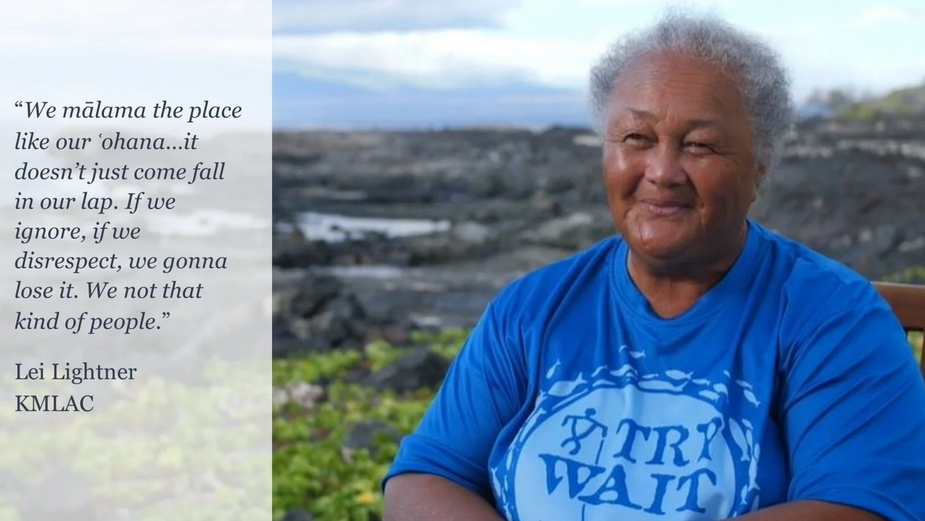Plant-Based
- Ocean Hoptimism

- Sep 15
- 3 min read
Updated: Sep 27
Eating for the Ocean
When we picture “saving the ocean,” most of us think of beach cleanups, recycling, or banning single-use plastic. Those matter, but here’s a truth that’s often overlooked: one of the most powerful ways to help the ocean doesn’t start on the shore. It starts on your plate.
Every bite we take on land ripples outward into the sea. What we eat fuels systems of agriculture, transport, and waste that either lighten or intensify the ocean’s burdens. Planetary health isn’t optional, it’s the foundation for human health. And right now, the ocean is telling us it’s under strain.

Meat, Methane, and the Sea
Industrial meat production is one of the biggest drivers of climate change. Raising livestock at scale generates methane, a greenhouse gas far more potent than CO₂ in the short term. It drives deforestation as forests are cleared for grazing or soy to feed cattle. It fuels fertilizer runoff that washes down rivers, creating coastal “dead zones” where marine life suffocates.
The Food and Agriculture Organization (FAO) estimates that livestock production alone accounts for about 14.5% of all global greenhouse gas emissions—more than the entire transport sector combined. Planes, ships, and cars together don’t outweigh what’s happening on our dinner tables.
The Extinction Footprint of Beef

New research in Nature Food (Ball et al. 2025) confirms that animal products have far higher impacts on biodiversity than plant-based foods. Producing a kilogram of ruminant meat like beef has an extinction footprint more than 300 times greater than grains, and about 100 times greater than soy or legumes (see chart on the right).
Even within animal products, impacts vary. Shifting from beef to poultry can shrink your biodiversity and climate footprint. But however you slice it, beef remains the heavyweight. Its link to deforestation, land clearing, and habitat destruction makes it one of the leading contributors to species extinctions worldwide.
Balance, Not Perfection
This doesn’t mean swearing off barbecue ribs or huli huli chicken forever. Perfection isn’t the point. Balance is. Shifting even a fraction of meals toward plant-based options lowers demand, reduces pressure on land, and eases the ocean’s load.
Plant-based eating isn’t about sacrifice. It’s about creativity and expansion. It’s about discovering new flavors and traditions that are both satisfying and sustainable.
Climate Action You Can Taste
Picture a steaming bowl of chana masala rich with spice. Or BBQ tempeh glazed and grilled to perfection. Or a hot, fragrant pho layered with mushrooms, herbs, and broth. These are meals that deliver comfort and delight while cutting emissions at the same time.
And the innovation is only growing. Companies like Save Da Sea are making smoked “salmon” from carrots with the same salty, smoky bite, but zero pressure on dwindling fish stocks. Craving meat’s texture? Mushrooms sear like steaks, soy curls shred like chicken, and textured vegetable protein (TVP) stands in for ground beef in tacos and chili.
Every swap adds up. Each meal is climate action you can taste.
Where to Start

The key is to start small. Swap out a couple of meals a week. Try a new recipe. Explore plant-based cookbooks like The Complete Plant-Based Cookbook and see what sticks.
Change doesn’t have to be monumental to matter. Every plant-based choice helps shrink emissions, preserve forests, reduce runoff, and lighten the ocean’s load. And if meat is still part of your diet, even choosing chicken over beef makes a measurable difference for both climate and biodiversity.
The ocean can’t speak for itself, but it sends us signals in bleaching reefs, shifting fisheries, and swelling seas. When we choose more plants and less meat, we answer back. Not just for the ocean, but for all who depend on it.
© 2025 Ocean Hoptimism. Reuse with credit only.



Comments